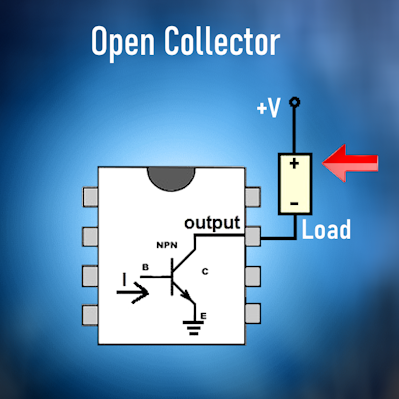The germanium point contact diode, and almost every semiconductor device using germanium, is now obsolete. There was a time when almost every television or radio would have contained one or two of them, but the world has moved on from both analogue broadcasting and discrete analogue electronics in its lower-frequency RF circuitry. [TSBrownie] is taking a look at alternatives to the venerable 1N34A point-contact diode in one of the few places a point-contact diode makes sense, the crystal radio.
In the video below the break, he settles on a slightly more plentiful Eastern European D9K as a substitute after trying a silicon rectifier (awful) and a Schottky diode (great in theory, not so good in practice). We’ve trodden this path in the past and settled on a DC bias to reduce the extra forward voltage needed for a 1N4148 silicon diode to conduct because, like him, we found a Schottky disappointing.
The 1N34 is an interesting component, and we profiled its inventor a few years ago. Meanwhile, it’s worth remembering that sometimes, we just have to let old parts go.




















